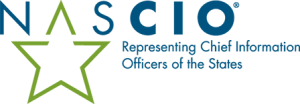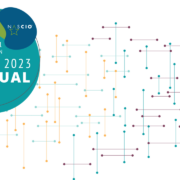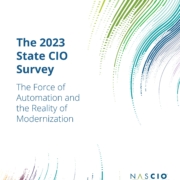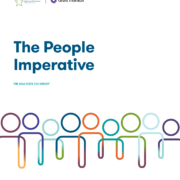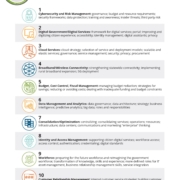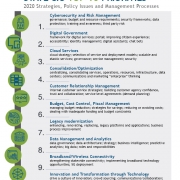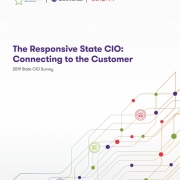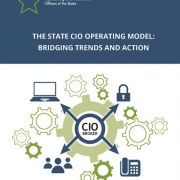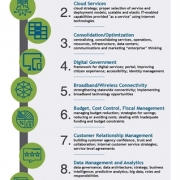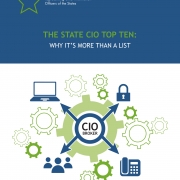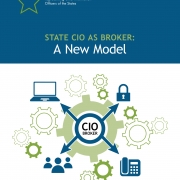In its 10th iteration, the 2019 State CIO Survey, The Responsive State CIO: Connecting to the Customer, takes a deep dive into how state IT leaders are targeting their responses to customer needs, in addition to managing the evolving IT responsibilities of state leaders. The survey is a joint publication of NASCIO, Grant Thornton LLP and CompTIA and includes responses from 49 state and territory CIOs on a range of issues. Two new topics for this year are customer relationship management and state and local collaboration. The 2019 State CIO Survey also highlights CIO business models, IT cost management, workforce, cybersecurity, performance management, acquisition, cloud services, digital government, data management and analytics and emerging technologies.
Download
